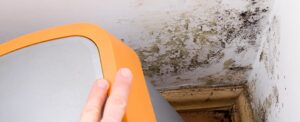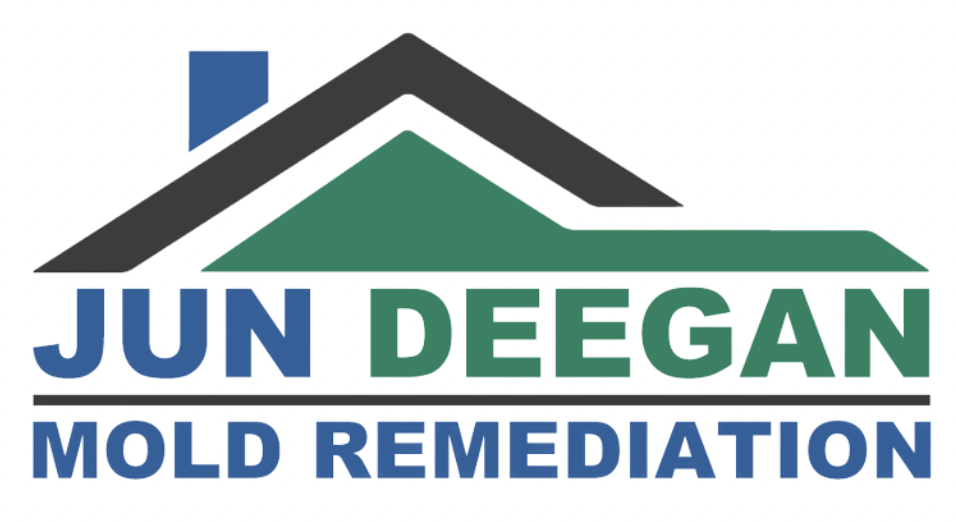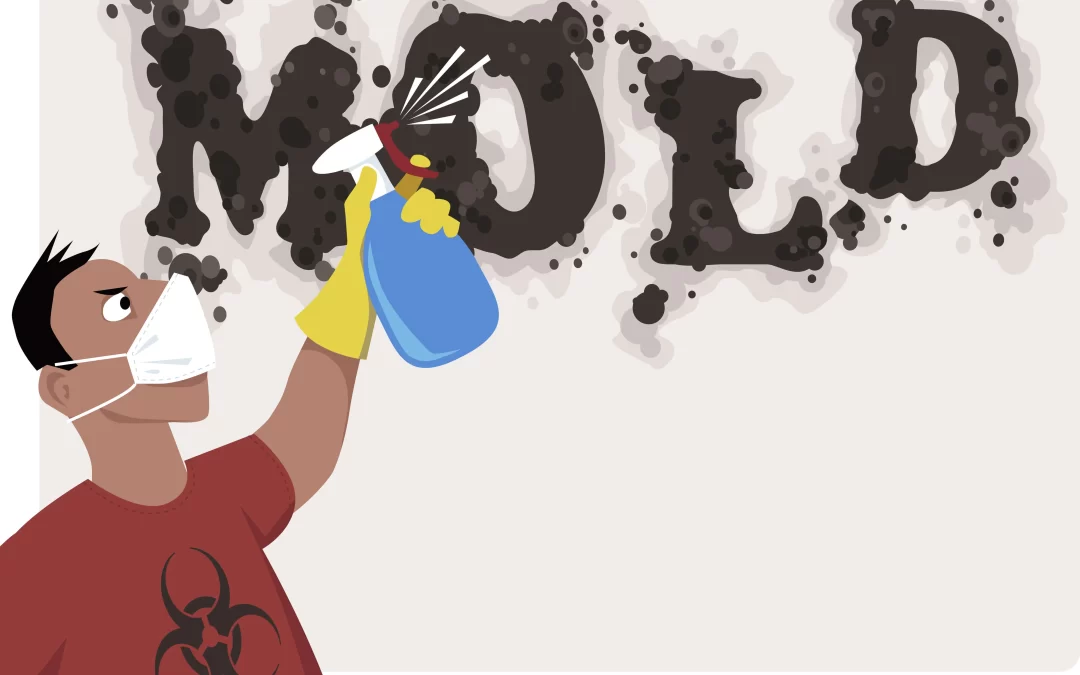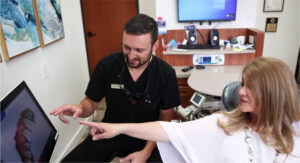Mold is a silent intruder that can cause serious health problems and structural damage to your home. It thrives in damp, humid conditions, making it a particular concern in areas prone to water damage, such as basements, bathrooms, and kitchens. However, mold can appear anywhere there is excess moisture. The key to preventing its spread is early detection. Knowing the warning signs of mold growth in your home can help you take action before it becomes a bigger issue.
In this blog post, we’ll explore the 10 most common warning signs that mold might be lurking in your home.
1. Musty Odors 
One of the earliest indicators of mold is a musty smell. If you notice a damp or earthy odor in any part of your home, it could mean mold is present. Mold often releases volatile organic compounds (VOCs) into the air, which produce these musty odors. Even if you can’t see visible mold, the smell can be a strong sign that mold growth is happening in hidden areas, such as behind walls or under flooring.
2. Visible Mold Spots
The most obvious sign of mold growth is visible mold spots. Mold appears in a variety of colors, including black, green, white, and orange, and can often be found in moist, warm areas like bathrooms, kitchens, and basements. If you spot mold on walls, ceilings, floors, or around windows, it’s essential to address the issue as soon as possible to prevent further damage.
3. Water Damage or Stains
Mold thrives in areas with water damage. If your home has experienced leaks from pipes, a roof, or windows, this can create a perfect environment for mold to grow. Look for water stains or discoloration on walls, ceilings, or floors. If you see signs of water damage, be sure to inspect the area for mold growth, even if it isn’t immediately visible.
4. Condensation on Windows or Walls
Excess moisture can often lead to condensation on windows, walls, or ceilings. If you notice condensation, especially in areas that tend to be damp, it could indicate high humidity levels in the home. Mold can start growing in these areas if the moisture isn’t dealt with quickly. Consider using a dehumidifier to reduce humidity and prevent mold growth.
5. Increased Allergy Symptoms 
If you or your family members start experiencing unexplained allergic reactions such as sneezing, coughing, itchy eyes, or skin rashes, mold might be the cause. Mold spores can trigger allergy-like symptoms, especially in sensitive individuals. If allergy symptoms seem to worsen indoors, mold could be an issue in your home.
6. Peeling Paint or Wallpaper
Mold can weaken the surface of walls, causing paint or wallpaper to peel, bubble, or warp. If you notice that paint is flaking or wallpaper is lifting from the wall, it could be due to mold growth beneath the surface. This is a sign that moisture is trapped within the walls, creating a conducive environment for mold.
7. Water Leaks or Standing Water
Water leaks are one of the most common causes of mold growth. If you notice any leaks from pipes, faucets, or the roof, or if you find standing water around your home, it is crucial to address the source of the moisture immediately. Even small leaks can create a significant mold problem over time if left untreated.
8. Warped or Buckled Flooring
Mold can cause significant damage to flooring materials. If your hardwood floors, laminate, or carpet begin to warp, buckle, or stain, this could be a sign of water damage and mold growth underneath. Often, you’ll notice a change in the texture or color of the floor. If this happens, it’s important to inspect the area for mold and address both the moisture source and mold removal.
9. Health Issues That Worsen Indoors
If you or anyone in your household has persistent health issues such as headaches, dizziness, or fatigue that worsen when indoors, mold could be the culprit. Mold can produce mycotoxins, which are harmful substances that affect the nervous system and cause chronic health issues in individuals exposed to them. If these symptoms improve when you leave your home, it’s time to get a professional mold inspection.
10. Clammy or Damp Feeling in Rooms
If certain rooms or areas of your home feel unusually damp or clammy, it could be an indication that moisture is trapped inside, creating an ideal breeding ground for mold. Pay attention to rooms that tend to have higher humidity levels, such as bathrooms and basements. Using a hygrometer can help monitor indoor humidity and determine if it’s above 60%, which is conducive to mold growth.
Additional Signs and Symptoms
While the 10 signs mentioned above are the most common, there are other subtle indicators that may point to mold issues in your home. For instance, if you notice a sudden increase in the frequency of condensation or fogging on your windows, it could signal that humidity levels are high enough to support mold growth. Additionally, ongoing issues with humidity, especially during warmer months, should be closely monitored, as they can quickly lead to mold growth in hidden areas.
Sometimes, mold can grow inside the walls, behind cabinets, or under the flooring where it’s harder to spot. If you’ve experienced recent flooding, plumbing problems, or leaks, it’s crucial to inspect these hidden spaces or call a professional to ensure mold isn’t hiding out of sight.
What To Do If You Spot Mold 
If you notice any of the above signs, it’s important to act quickly. Here’s what you can do:
- Inspect the Area: Check for visible mold, water damage, or moisture sources.
- Fix Water Leaks: Address the source of moisture immediately. Repair leaks in plumbing, roofing, or windows.
- Ventilate the Area: Open windows and use fans to reduce moisture in the affected area.
- Consider Professional Help: If you’re dealing with a large mold infestation or if the mold keeps returning, it’s best to contact a professional mold remediation service. They can properly assess the extent of the mold problem and remove it safely.
Call to Action
If you’ve spotted any of these warning signs in your home, don’t wait to take action. Mold growth can lead to serious health issues and property damage if left untreated. Contact a professional mold remediation service today to inspect your home and address any mold problems before they become bigger issues.
Contact Details
For more information or to schedule an inspection, contact us at:
Phone: 908-322-1533
Email: info@jun-deegan-mold-remediation.com
Website: Jun Deegan Mold Remediation
Address: Scotch Plains, New Jersey, USA


